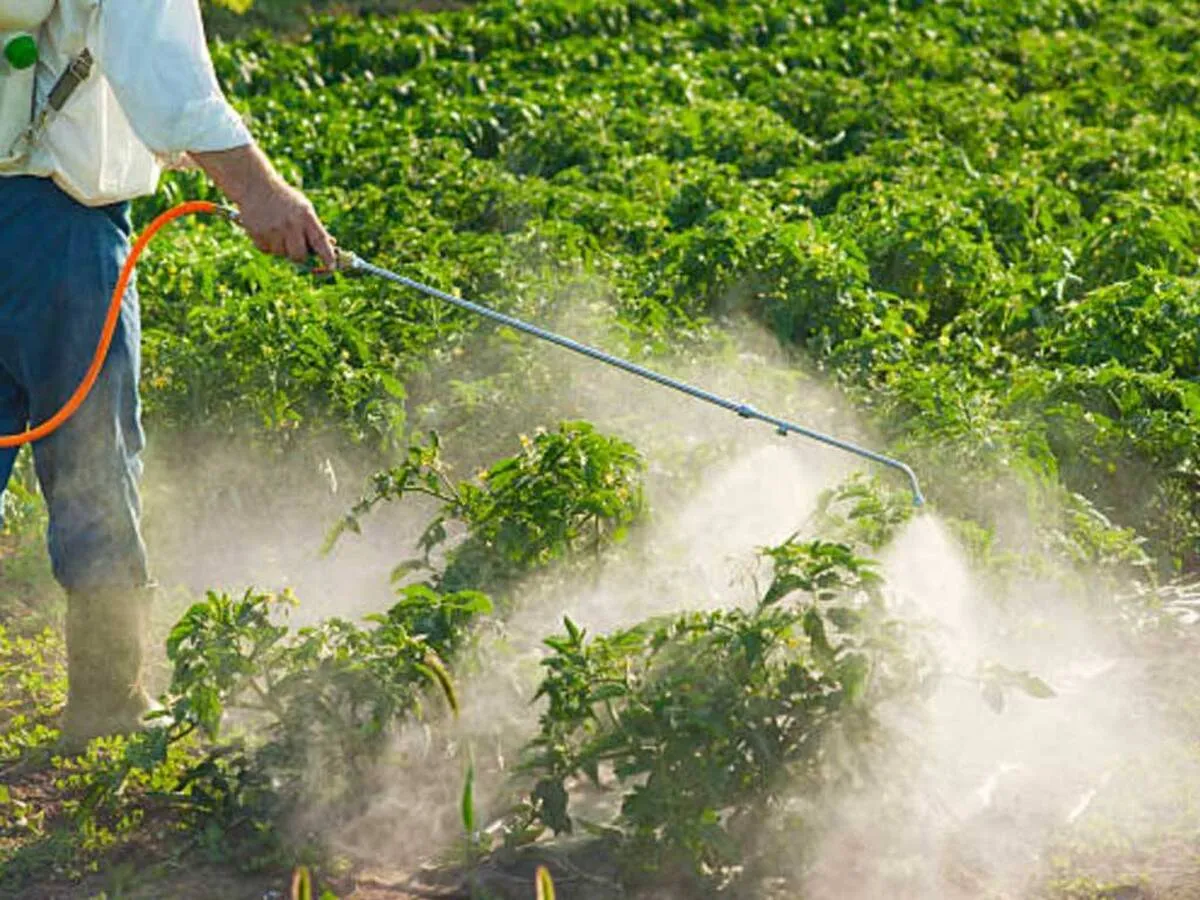Scientists Gain New Progress in Original Innovation of Green Pesticides

The newly developed fungal chitin deacetylase inhibitors exhibit high efficiency, excellent biosafety and environmental friendliness. These inhibitors are highly effective in preventing and controlling various major crop fungal diseases, said Yang Qing, a professor with the Institute of Plant Protection, Chinese Academy of Agricultural Sciences (CAAS).
The innovative molecule is a major scientific achievement resulting from years of research led by Yang on the mechanisms underlying the biosynthesis, assembly, degradation, and modification of chitin.
Chitin is the most abundant aminopolysaccharide on earth, and its biosynthesis is essential for the survival and reproduction of numerous organisms, including pests, pathogenic fungi, and oomycetes that severely impact crop production. Importantly, chitin is absent in plants and mammals, making it an ideal molecular target for the development of green fungicides or insecticides.
The industrialization of this innovation has been a collaborative endeavor between the Institute of Plant Protection, CAAS and Hebei Zhongbao Green Crop Technology Co., Ltd.
Significant progress have been achieved, including the formal naming of the new molecule by the National Pesticide Standardization Technical Committee, the sealing of original active ingredient and pesticide formulations, and the establishment of enterprise standards.
"The transition from original theoretical innovation to the industrialization of pesticide production represents a significant milestone, providing critical insights into molecular target structures that are essential for the development of green pesticides," said Qian Xuhong, an academician with the Chinese Academy of Engineering and president of East China Normal University.
"Professor Yang's team has devoted over a decade to chitin-related biological research, successfully closing the loop from the molecular target discovery to the creation of novel pesticide molecules, setting a valuable precedent for the development of new pesticides," added Qian.
4155/v





















